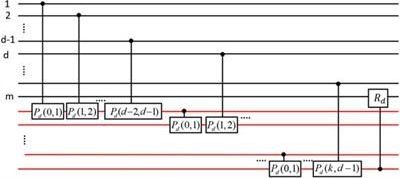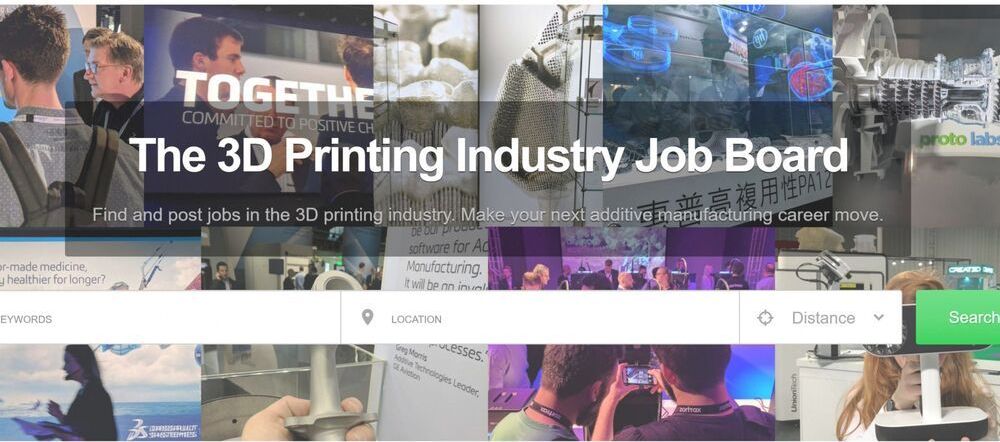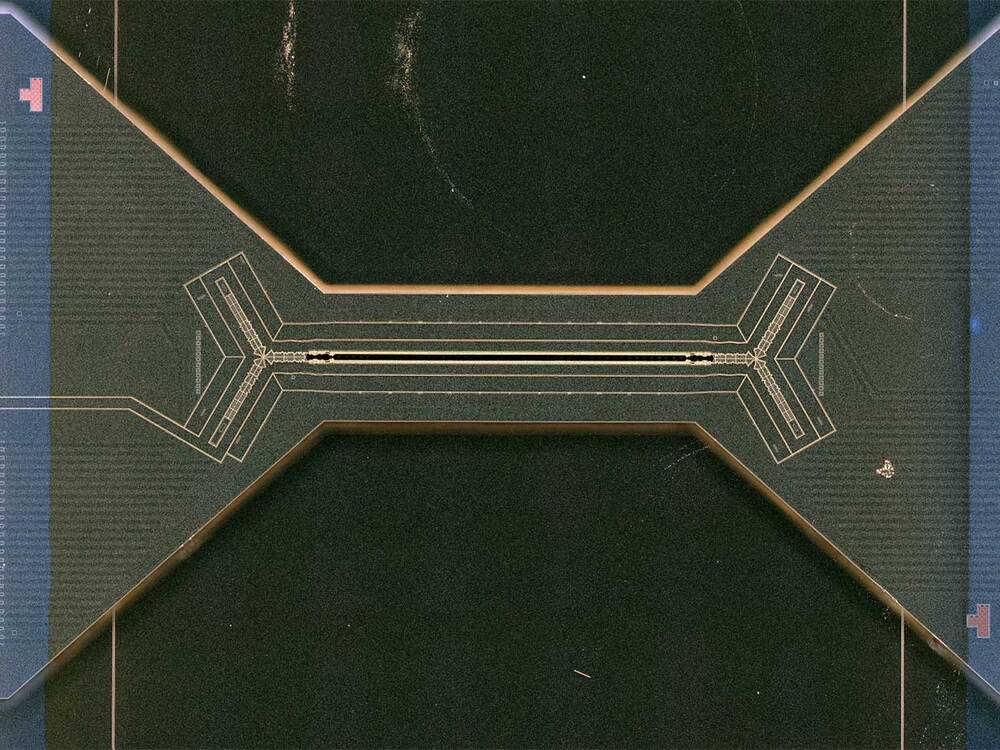
Get the latest international news and world events from around the world.


Qudits and High-Dimensional Quantum Computing
10 November 2020
Qudit is a multi-level computational unit alternative to the conventional 2-level qubit. Compared to qubit, qudit provides a larger state space to store and process information, and thus can provide reduction of the circuit complexity, simplification of the experimental setup and enhancement of the algorithm efficiency. This review provides an overview of qudit-based quantum computing covering a variety of topics ranging from circuit building, algorithm design, to experimental methods. We first discuss the qudit gate universality and a variety of qudit gates including the pi/8 gate, the SWAP gate, and the multi-level controlled-gate. We then present the qudit version of several representative quantum algorithms including the Deutsch-Jozsa algorithm, the quantum Fourier transform, and the phase estimation algorithm.

New 3D printing jobs at 3D Printing Industry and MyMiniFactory, appointments at HP, Xometry and VELO3D
Welcome to the latest edition of our 3D printing jobs and career moves update for the additive manufacturing sector.
If you are looking for a new position in the industry, we keep our 3D Printing job board updated with the latest positions. You can easily apply to any of the posted jobs after creating a free profile. If you are just about to enter the sector, we offer a guide on how to get a job in the 3D printing industry.
The 3D Printing Industry jobs board is also free to use for employers to find 3D printing experts for their businesses.

Coding for Qubits: How to Program in Quantum Computer Assembly Language
Sandia Labs pioneers Just Another Quantum Assembly Language (.
Quantum computing arguably isn’t quite full-fledged computing till there’s quantum software as well as hardware. One open-source quantum computer project at Sandia National Laboratories in Albuquerque, New Mexico aims to address this disparity with a custom-made assembly language for quantum computation.

Unprecedented Map of the Sun’s Magnetic Field Created by CLASP2 Space Experiment
Every day space telescopes provide spectacular images of the solar activity. However, their instruments are blind to its main driver: the magnetic field in the outer layers of the solar atmosphere, where the explosive events that occasionally affect the Earth occur. The extraordinary observations of the polarization of the Sun’s ultraviolet light achieved by the CLASP2 mission have made it possible to map the magnetic field throughout the entire solar atmosphere, from the photosphere until the base of the extremely hot corona. This investigation, published today in the journal Science Advances, has been carried out by the international team responsible for this suborbital experiment, which includes several scientists of the POLMAG group of the Instituto de Astrofísica de Canarias (IAC).
The chromosphere is a very important region of the solar atmosphere spanning a few thousand kilometers between the relatively thin and cool photosphere (with temperatures of a few thousand degrees) and the hot and extended corona (with temperatures above a million degrees). Although the temperature of the chromosphere is about one hundred times lower than that of the corona, the chromosphere has a far higher density, and thus much more energy is required to sustain it. Moreover, the mechanical energy necessary to heat the corona needs to traverse the chromosphere, making it a crucial interface region for the solution of many of the key problems in solar and stellar physics. One of the current scientific challenges is to understand the origin of the violent activity of the solar atmosphere, which on some occasions perturb the Earth’s magnetosphere with serious consequences for our present technological world.
Teardown of a quartz crystal oscillator and the tiny IC inside
The quartz oscillator is an important electronic circuit, providing highly-accurate timing signals at a low cost. A quartz crystal has the special property of piezoelectricity, changing its electrical properties as it vibrates. Since a crystal can be cut to vibrate at a very precise frequency, quartz oscillators are useful for many applications. Quartz oscillators were introduced in the 1920s and provided accurate frequencies for radio stations. Wristwatches were revolutionized in the 1970s by the use of highly-accurate quartz oscillators. Computers use quartz oscillators to generate their clock signals, from ENIAC in the 1940s to modern computers. 1
A quartz crystal requires additional circuitry to make it oscillate, and this analog circuitry can be tricky to design. In the 1970s, crystal oscillator modules became popular, combining the quartz crystal, an integrated circuit, and discrete components into a compact, easy-to-use module. Curious about the contents of these modules, I opened one up and reverse-engineered the chip inside. In this blog post, I discuss how the module works and examine the tiny CMOS integrated circuit that runs the oscillator. There’s more happening in the module than I expected, so I hope you find it interesting.



The NIA Is Funding Clinical Trials Against Aging
Companies that are creating rejuvenation biotechnology interventions must develop their products to target individual diseases in order to be approved by the FDA. While that is still the case, this particular FOA is intended to promote broader research that does not necessarily target individual diseases as endpoints.
The National Institutes of Aging in the United States, a component of the National Institutes of Health, is funding clinical trials for interventions that directly affect the root causes of age-related diseases.
Direct funding for trials against aging
Probably the most important and interesting part of this Funding Opportunity Announcement (FOA) is that the NIA specifically mentions “multiple chronic conditions” caused by the processes of aging along with more conventional trials that are targeted directly at specific downstream effects of aging.

Why Materialism is a Flatlander Philosophy
When enough anomalies accumulate over time, paradigms change. We may be close to that inflection point right now. At this juncture of technoscientific progress, the boldest of us may admit that we’re overdue for the next post-materialist paradigm: Conventional scientific method is already bankrupt and needs to be supplanted by AI-powered quantum neo-empiricism, computational thinking and the cybernetic approach to reality.
#materialism #physicalism #philosophy #scientificmethod #evolutionarycybernetics
“The only reality is mind and observations but observations are not of things. To see the Universe as it really is, we must abandon our…